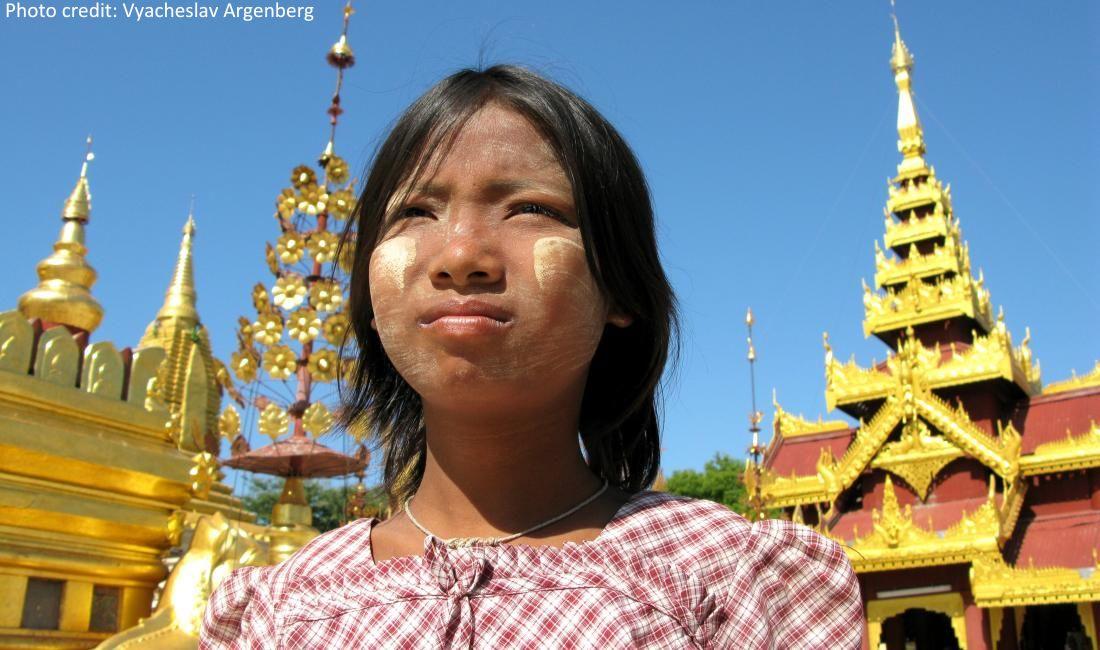A U.N. rep's journey reveals a governance revolution
This was first published at NOEMA Magazine, where you can read the whole story. Photo credit: a 11th century Buddhist temple located in Nyaung-U town near Bagan. by CC BY 4.0
I had trained for a month for what I imagined would be a grueling journey by foot over the border from Thailand into Myanmar, an illegal crossing that would not only be arduous but potentially dangerous, if the Myanmar military were to catch us. All seemed good and under control until I started to climb the steep flank of the first mountain in the early hours of a January morning. That’s when I realized I was no longer so young.
I was making the trek into Myanmar to get a sense of how communities were organizing themselves in the vacuum created by the retreating Tatmadaw (the name for the country’s armed forces). Contacts from my days as the U.N. representative and subsequently facilitating ceasefire processes had told me that in the maw of renewed conflict, novel and participatory forms of local governance were emerging.
This was of particular interest to me because I have long been arguing that humanitarian responses amid conflicts or after disasters (or both) in places where the governing authority was considered illegitimate by the international community were, by definition, severely restricted in their ability to reach the most vulnerable populations. So here might be a way to reshape how international assistance gets to people suffering under difficult conditions....
Please read the whole story at NOEMA Magazine.



